
UPDATE: I bought the Picklemeister and LOVE it! Plus, I discovered a “no-pound” method that cuts the time in half when prepping the veggies for lacto-fermenting. Read after you’ve read the post.
I really love my lacto-fermented foods… The smell is spicy and warm, the colors are vibrant, the taste is robust and full of life.
Scientist and doctors today are mystified by the proliferation of new viruses—not only the deadly AIDS virus but the whole gamut of human viruses that seem to be associated with everything from chronic fatigue to cancer and arthritis. They are equally mystified by recent increases in the incidence of intestinal parasites and pathogenic yeasts, even among those whose sanitary practices are faultless. Could it be that in abandoning the ancient practice of lacto-fermentation and in our insistence on a diet in which everything has been pasteurized, we have compromised the health of our intestinal flora and made ourselves vulnerable to legions of pathogenic microorganisms? If so, the cure for these diseases will be found not in vaccinations, drugs or antibiotics but in a restored partnership with the many varieties of lactobacilli, our symbionts of the microscopic world.” (Sally Fallon, Nourishing Traditions)
So, What is Whey?
Whey is the by-product from making cheese, cream cheese and yogurt. You can easily ask your local diary producer to save you some whey from making their cheese. OR you can buy plain yogurt (organic preferably) and let it sit on your counter (covered with a cloth or paper towel) till the whey (liquid on top) separates from the yogurt.
It is recommended to add a small amount of whey to each jar of vegetable or fruit to ensure consistently satisfactory results. Whey supplies lactobacilli and acts as an inoculate. Do not use commercial concentrated whey or dried whey. You can forget the whey and use more salt in the vegetable recipes, but whey is essential in the recipes calling for fruit. I prefer whey over extra salt because it brings out a delicious flavor and more consistent results. Some of you might not like the flavor that the whey leaves or can’t tolerate dairy… so you will have to try both and see which you like best.
Here are great books to look at if you are interested in adding lacto-fermented food to your daily diet:
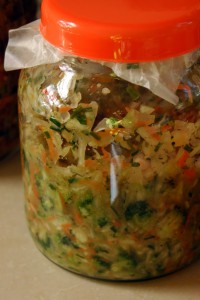


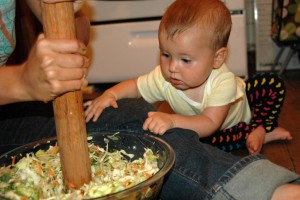
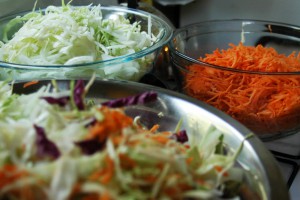
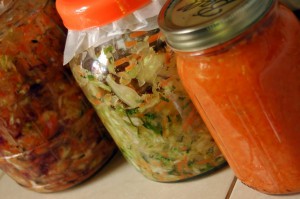
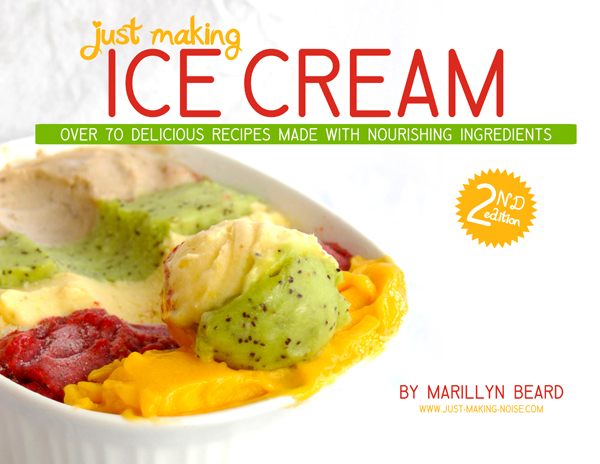
Great site! Love all the pics of you guys in Costa Rica. How long are you all planning on staying there? It looks so beautiful, not sure how you’d ever come back to Iowa:) Look forward to reading more about your adventures…
Loved the article and the blog. 🙂 I am getting back on raw food and need to get my kombucha straightened out. Our last batch got mold. 🙁 Be Blessed!
Is it ok to use water kefir instead of whey?